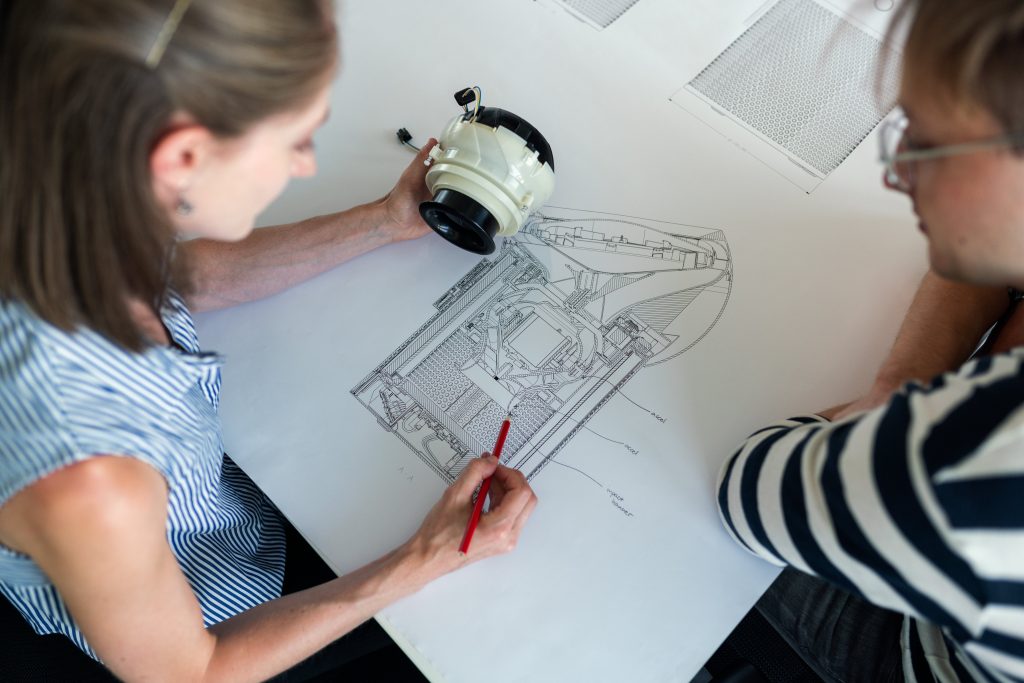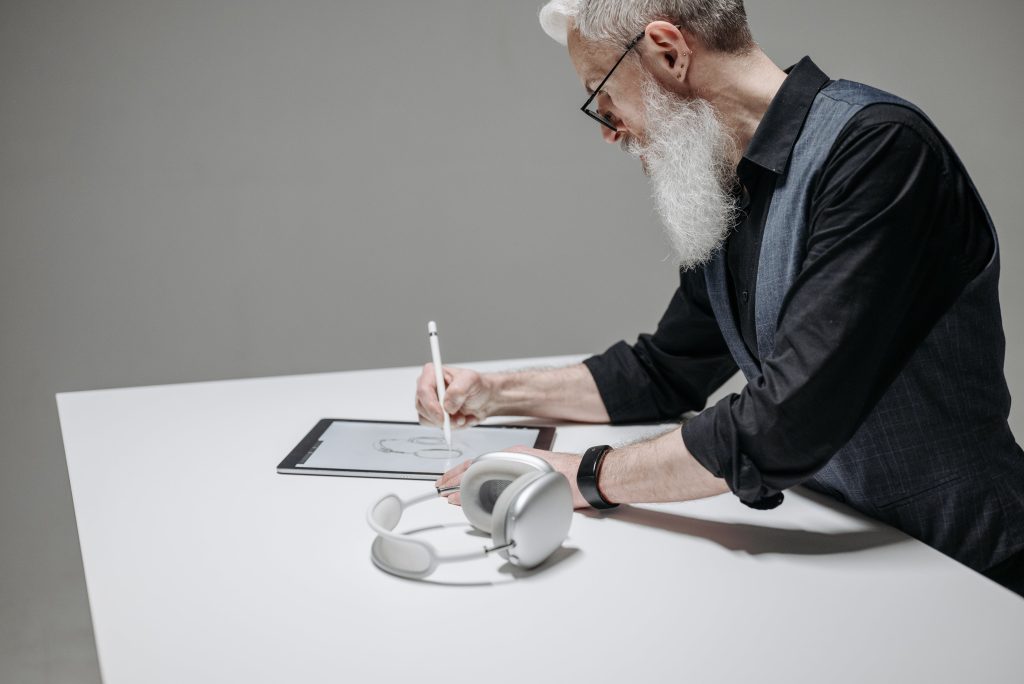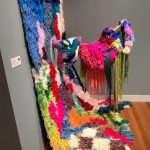In the chronicle of creativity, Napoleon Hill, best known for his landmark volume ‘Think & Grow Rich’, sheds light on a notion that he attributed to the iconic inventor Thomas Edison. He underscored tow types of creative modalities : synthetic imagination and ‘creative vision’. Hill characterized synthetic imagination as producing a fabric of ideas from threads of existing thoughts or concepts, rather then generating new concepts from thin air. Its much like an alchemist transforming lead into gold, Hence, transmuting the known into something novel and extraordinary. Edison, a master of such alchemy, illustrated this process in his countless inventions, maintaining momentum and turning the wheels of progress.
We stand on the shoulders of giants as we exert synthetic imagination, combining ancestral knowledge with current progress to achieve new peaks. As Steve Jobs famously stated, “creativity is just connecting things“. This article sets foot in the complexities of the subject matter, examining how it serves as an anchor for inventiveness, originality, and the creative process.
What is Synthetic Imagination?
The concept at hand orbits around the idea of merging existing knowledge, elements, axioms, or materials to create something new and original. Unlike traditional creativity or inventive imagination, in which one invents somethings radically new and unprecedented.
- Roots and Origins:
Conceptual Foundation: The notion “Synthetic Imagination” was first coined and popularized as a result of Napoleon Hill’s influential book “Think and Grow Rich”. Hill defined it as one of tow types of imaginations, Hence, the other being “creative imagination”
Thomas Edison’s Influence: Hill, attributed his grasp of synthetic imagination partly to insights from Thomas Edison, Thus, exemplifying the notion of building upon existing knowledge. Edison one of mankind’s most productive inventors, was a living example of synthetic imagination, where he frequently merged existing technologies and ideas to generate new concepts and inventions.
- Principles and Applications:
Fusion of Existing Concepts: Synthetic imagination, as apposed to creative imagination, depends on integrating, rearranging, or modifying existing ideas or concepts.
Application in Problem-solving: it is widely used in problem-solving processes, where known techniques or ideas are fused to reach novel and new solutions.
Foundation in Knowledge and Experience: Synthetic Imagination depends entirely on the individual’s knowledge, experiences, In addition to the innovative capacity to spot correlations between seemingly contradictory ideas and concepts.
- Historical Examples
Edison’s Light Bulb: An all time classical example, Edison’s invention of the electric light bulb. he did not develop electric light, but rather built on existing concepts to create a practical and long-lasting light bulb.
Henry Ford’s Assembly Line: Analogously, Henry Ford did not develop the assembly line, instead, he synthesized existing notions to modernize the production process.

Visible Applications in Modern Business
The phenomenon of Uberization, an observable embodiment of Synthesized imagination, demonstrates how combining existing concepts and models with digital innovations can uplift entire industries. take Uber as an example, the company did not invent the notion of cabs or on-demand services, but rather, merged them with current technologies Thus, altering the whole domain of urban mobility. Analogously, Airbnb took the bed-and-breakfast model and peer-to-peer concept, fused them with online platform to challenge the traditional hotel ( hospitality) industry. Netflix, and its humble beginnings, starting with video rental models, expending later on to online streaming and subscription services, redefining the entire notion of entertainment consumption.
DoorDash and Grubhub revolutionized the food delivery services, synthesizing the simple idea of food delivery by connecting digital platforms with the broad local restaurants, stretching the reach beyond tradition conventions. Nevertheless, the modernization of grocery shopping by Instacart, combining on-demand services with the basic task of grocery shopping further illustrates the utility of synthetic imagination in the revolution of basic everyday tasks into hipper lucrative business models, Thus, creating novel, efficient and user-centered experiences.

Artistic Process and The Utility of Synthetic Imagination
Synthetic imagination’s utility within the sphere of art is immense, This concept involves the fusion of existing creative styles, methods, and materials to produce novel forms of art. Take the iconic Pablo Picasso as an example, who combined modalities of African art with European painting traditions to co-found Cubism, an art movement that dramatically altered traditional conceptions of art. Similarly, the Dada movement used common everyday objects with established art materials, giving birth to thought-provoking composition and collages.

Artists in the sphere of contemporary digital art often fuse traditional painting techniques with digital tools, giving rise to hybrid styles that pushes the boundaries of visual art. In art the synthetic imagination approach entails an ongoing process of experimentation in which artists repeatedly explore and fuse various influences until a unique creative solution arises. Due to such novel methodology artists start to think outside conventional diameters, leading to the evolution of novel and unique art forms.







